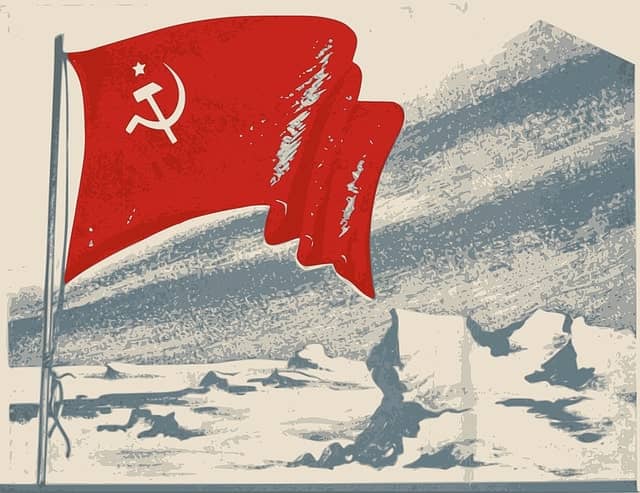In William Golding’s Lord of the Flies, the boys use words and ideas they’ve picked up from the adult world, even as they try to build a new society on their own. One term that comes up is “Reds,” which might seem confusing at first if you don’t know the history behind it. Understanding what “Reds” means in the novel can help readers see how real-world fears and political tensions influence the boys’ thinking and behavior on the island.
What does Reds mean in Lord of the Flies?
In Lord of the Flies, the term “Reds” is used as slang for Communists, reflecting the political tensions of the time when William Golding wrote the novel. After World War II and during the early years of the Cold War, “Reds” was a common way to refer to people who supported communism or were from communist countries, especially those associated with the Soviet Union.
The reference appears early in the book when Piggy talks about grown-ups and possible rescuers: “Didn’t you hear what the pilot said? About the atom bomb? They’re all dead.” He later adds, “They’re all dead, and this is an island. Nobody don’t know we’re here. Your dad don’t know, nobody don’t know—We may stay here till we die.” When discussing possible threats, Piggy says, “We was attacked!” and another boy asks, “Where’s the man with the megaphone?” Piggy responds that there are no adults on the island, which leads to talk about what could happen if they’re not rescued: “Them Reds,” one boy suggests (Chapter 1).
This use of “Reds” shows how even children on a deserted island carry with them fears shaped by global politics and adult anxieties. Golding includes this detail to highlight how ideas and prejudices from the outside world still influence the boys’ thinking, even in their isolation.
What does the color red symbolize in Lord of the Flies?
In Lord of the Flies, the color red symbolizes violence and bloodshed. It is closely connected to the moments when the boys become more savage, and it reminds readers of the danger and brutality that grow on the island as their civilization falls apart.
Who is the red head in Lord of the Flies?
In Lord of the Flies, Jack is the red head. Golding describes Jack as having red hair, which makes him stand out among the boys and adds to his fiery, intense personality.
What mental illness does Jack have in Lord of the Flies?
In Lord of the Flies, Jack shows many traits that match Narcissistic Personality Disorder. He constantly craves attention, wants to be in control, and has little empathy for others. Jack’s need to be the leader and his disregard for anyone who disagrees with him are clear signs of this disorder throughout the novel.
What does blood symbolize in Lord of the Flies?
In Lord of the Flies, blood symbolizes the boys’ descent into savagery and the growing presence of violence on the island. As the boys become more brutal in their actions, blood appears more often, marking their loss of innocence and the breakdown of civilized behavior. It serves as a powerful reminder of how far they have drifted from their former lives.
What is the symbol of fire in Lord of the Flies?
In Lord of the Flies, fire is a key symbol that represents both hope and destruction. It shows the boys want to be rescued and helps them feel connected to civilization when they use it as a signal. However, when the fire gets out of control, it also shows how things can quickly turn dangerous and destructive if they lose order.
What do the colors of Jack’s mask symbolize?
In Lord of the Flies, the colors of Jack’s first mask—red, white, and black—carry powerful meanings. Red symbolizes violence, white stands for terror, and black represents evil. When Jack paints his face, it shows he’s letting go of who he was and becoming wilder and more savage.
Conclusion
In conclusion, “Reds” in Lord of the Flies is slang for Communists, reflecting the political fears and tensions of the time. Golding uses this term to show how the boys bring the worries and language of the adult world onto the island, even though they are far from civilization. It’s a reminder that their thinking is still shaped by what they’ve learned from adults, and that real-world issues can follow people anywhere, even into their most isolated moments.
